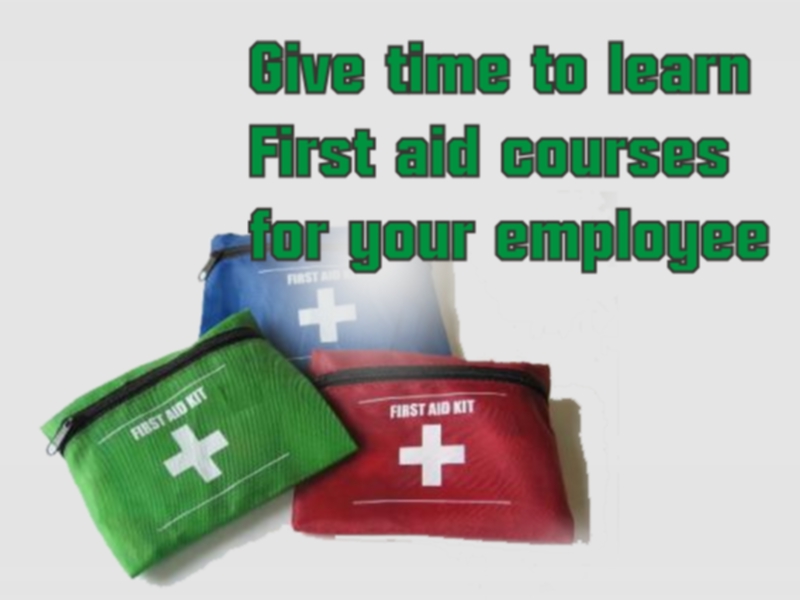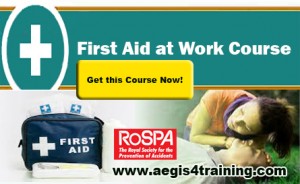
The good health and resulting productivity of employees is one area that is often overlooked as a means of improving a company’s profitability.
Whether employees work in a high-hazard or low-hazard environment, they face a variety of risks. Shock, bleeding, poisonings, burns, temperature extremes, musculoskeletal injuries, bites and stings, medical emergencies and distressed employees in confined spaces are just a sampling of the first aid emergencies which might be encountered in your business. These risks are compounded when employees don’t feel well. Their lack of concentration can result in costly injuries.
If your employees aren’t prepared to handle these types of injuries on all shifts and their coworkers are left untreated until an ambulance arrives, a victim’s condition may worsen and injuries can become far more debilitating, which leads to greater medical costs and lost productivity.
It makes good business sense to provide first aid and appropriate training to all your employees. By making such a minimal investment in keeping your employees safe and well-trained, you could net big returns, along with a competitive advantage. Moreover, it’s the law.
Safety always begins with prevention, not every work-related injury can be prevented. Your primary first aid training goal should be to give employees the necessary tools and information they need to care for an ill or injured person, if necessary, until advanced help arrives.
“Properly administered first aid care can mean the difference between life and death, rapid vs. prolonged recovery, and temporary vs. permanent disability.” Proper training varies with the industry, number of employees and proximity to emergency care.
This new and detailed curriculum identifies the skill training that makes a workplace first aid responder competent to provide care.
While starting a first aid program can be simple and inexpensive, it involves several essential steps:
- Assess the location and availability of a medical facility to your workplace.
- On-site safety inspections, review of hazards and emergency dispatch, assessment, implementation, escape and treatment should be discussed in your training program.
- Recognize that it is your responsibility as an employer to determine the requirements for your first aid program.
- Make sure you have suitable first aid supplies readily available at all times.



